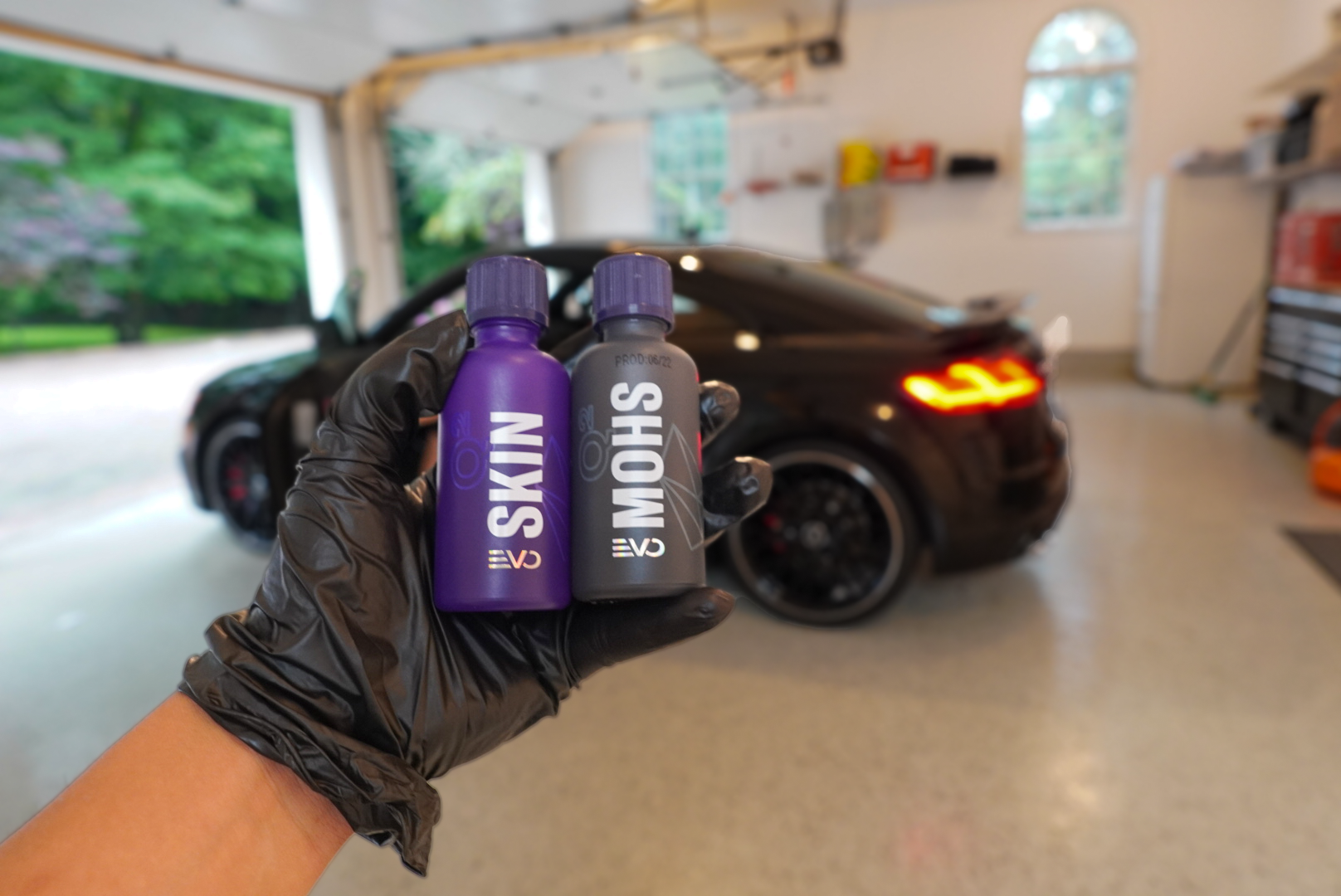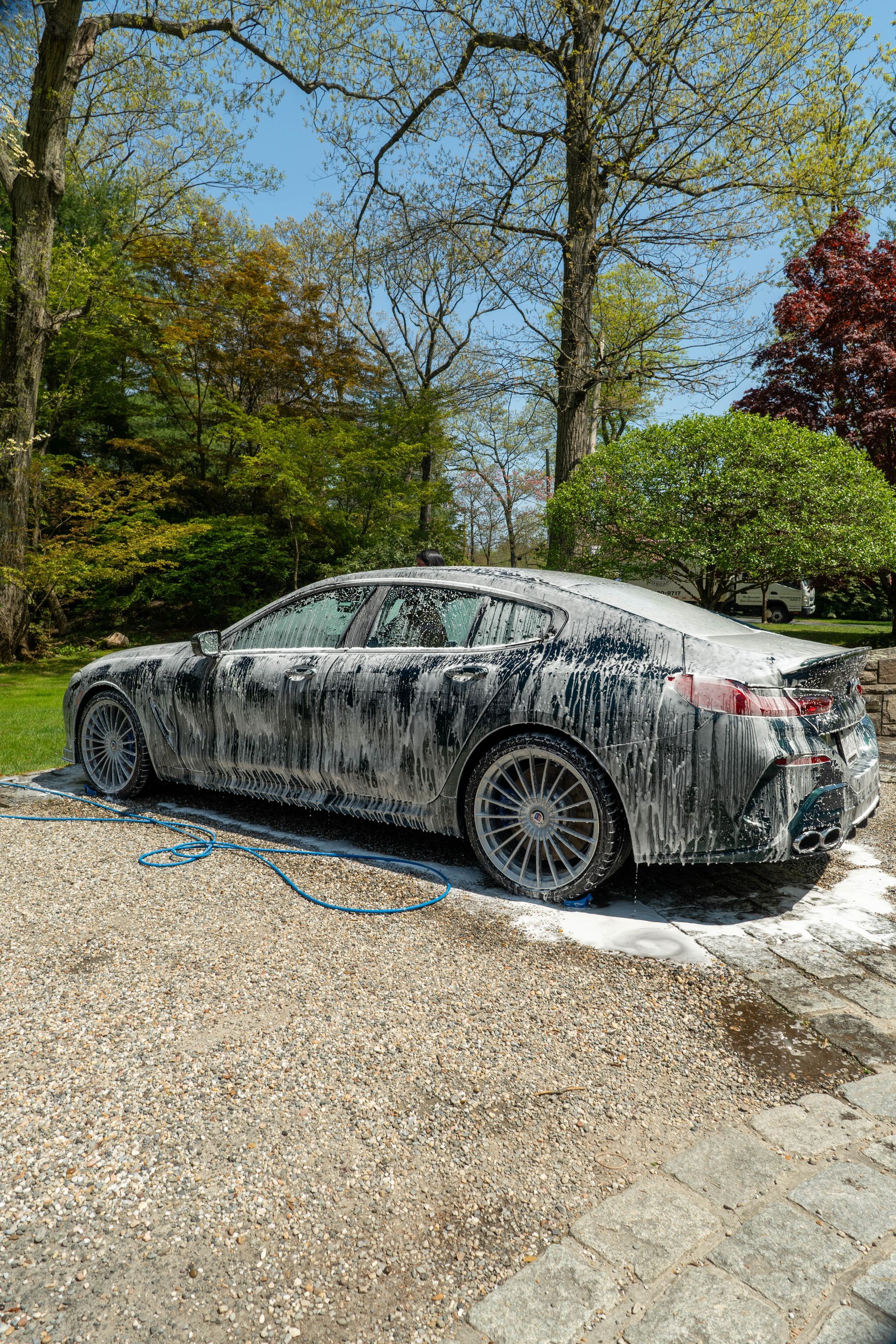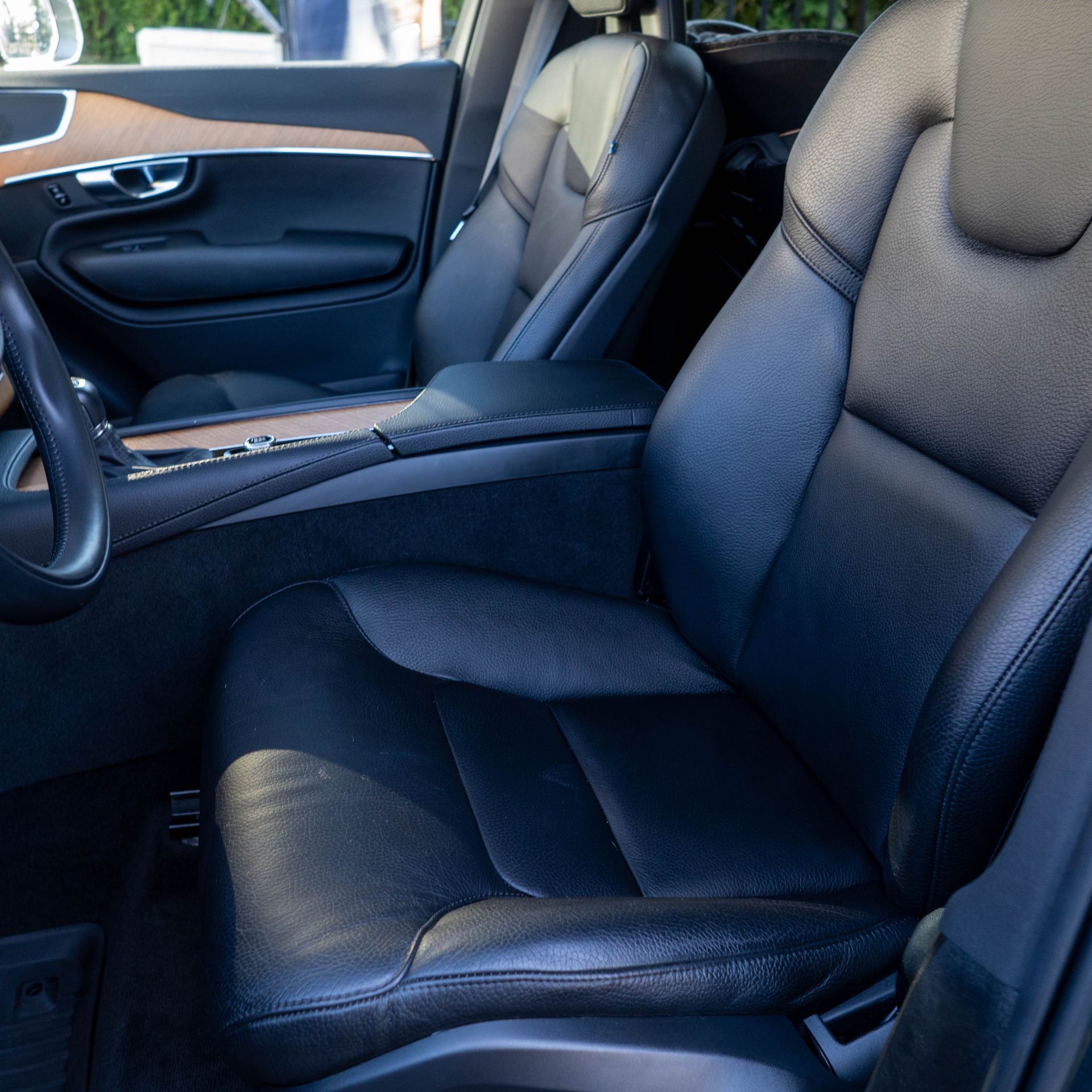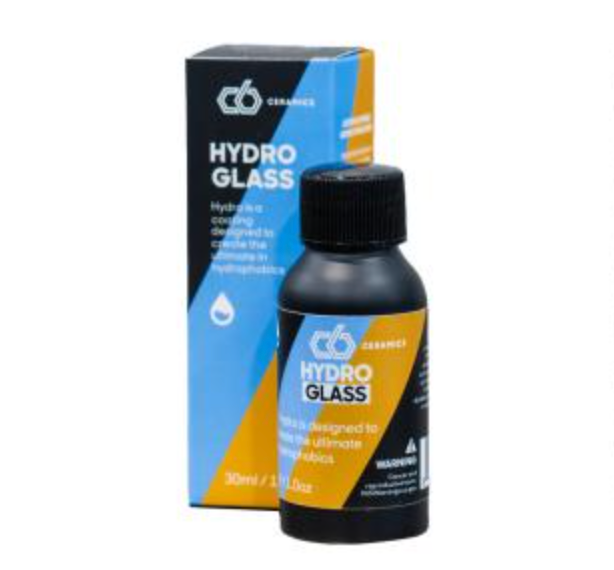Latest Blog Posts

February 11, 2025
Detonation nanodiamonds (DNDs) are more than just a scientific curiosity—they’re a groundbreaking material with the potential to transform industries ranging from automotive coatings to biomedicine . Born from controlled explosions , these tiny diamond crystals are reshaping how we think about durability, performance, and innovation. In this article, we’ll dive deep into the science, history, and applications of DNDs, offering a complete resource for anyone interested in this fascinating field. What Are Detonation Nanodiamonds? The Basics of DNDs Detonation nanodiamonds are tiny diamond particles, typically 3–5 nanometers in size, created by detonating explosives with a negative oxygen balance, like as a mixture of trinitrotoluene (TNT) and hexogen (RDX)in a controlled environment . The carbon atoms in the explosives rearrange into a diamond’s signature sp³ carbon lattice structure , giving DNDs their exceptional hardness and durability. Despite their small size, these particles pack a punch, offering unique properties that make them invaluable in a variety of applications.

February 4, 2025
Discover the science behind nano diamonds and their transformative role in advanced ceramic coatings. In recent years, the use of nano diamonds —tiny diamond particles measuring just billionths of a meter (nanometers)—has gained significant attention in various industries. These microscopic gems are not only fascinating from a scientific perspective but also hold immense potential for practical applications, particularly in advanced materials like ceramic coatings . What Are Nano Diamonds? Nano diamonds are minuscule diamond particles produced through processes such as detonation synthesis. When an explosive containing carbon compounds is detonated under controlled conditions, the intense heat and pressure generated mimic the natural formation of diamonds deep within Earth's mantle . The result? Pure carbon atoms rearrange themselves into crystalline diamond structures at the nanoscale. Extreme hardness: Retains legendary durability even at the nanoscale. High thermal conductivity: Efficiently transfers heat, ideal for demanding environments. Chemical inertness: Resists corrosion and chemical reactions, ensuring longevity. Large surface area: Enables better interaction with other materials. The Role of Nano Diamonds in Ceramic Coatings Ceramic coatings are widely used for protecting surfaces against wear, abrasion, corrosion, and thermal degradation. By integrating nano diamonds into these coatings, manufacturers can significantly improve their mechanical, thermal, and functional properties. Key Benefits: Improved Hardness and Durability: Enhances resistance to chipping, and erosion, also making scratching less likely. Enhanced Thermal Conductivity : Reduces overheating and thermal stress. Reduced Friction and Wear: Acts as nanoscale lubricants, reducing energy loss. Superior Adhesion and Uniformity: Ensures strong bonding and prevents delamination . Optical and Aesthetic Benefits: Enhances glossiness and optical clarity. Applications of Nano Diamond-Infused Ceramic Coatings The versatility of nano diamond-enhanced ceramic coatings opens up numerous possibilities across industries: Automotive Industry: Ceramic coatings play a crucial role in protecting car exteriors and interiors from scratches, UV damage, and environmental wear. At Westchester Auto Detail, we use C6 Ceramic Coatings , the only product on the market created through cold detonation physics to incorporate Refined Detonated Nano Diamonds . Unlike other brands, such as CarPro’s DQuartz, which use standard nanodiamonds, C6’s refinement process ensures a higher concentration and superior quality of nano diamonds. This results in enhanced hardness, durability, and resistance to wear, making it the ideal choice for automotive applications. The refined nano diamonds also improve the coating’s ability to bond with surfaces, providing long-lasting protection and a deeper, more vibrant shine. Aerospace Engineering: Shielding aircraft components from extreme temperatures and abrasion. Medical Devices: Providing biocompatible, antibacterial coatings for surgical instruments. Electronics Manufacturing: Safeguarding delicate circuits and semiconductors. Industrial Machinery: Extending the life of heavy-duty equipment by reducing wear. Challenges and Future Prospects While the integration of detonated nano diamonds into ceramic coatings offers groundbreaking advantages, there are still challenges to address: Cost: Producing nano diamonds via detonation synthesis is expensive. Scalability: Scaling up production while maintaining quality remains a technical hurdle. Environmental Concerns: Use of explosives raises sustainability and safety questions. Despite these obstacles, ongoing research aims to optimize production methods and explore alternative synthesis techniques. As costs decrease and technologies advance, we can expect nano diamond-enhanced ceramic coatings to become more accessible and ubiquitous. Conclusion Detonated nano diamonds represent a revolutionary advancement in material science, offering unparalleled enhancements to ceramic coatings. From boosting hardness and thermal management to reducing friction and improving aesthetics, these tiny yet mighty particles unlock new possibilities for innovation. As researchers continue to refine this technology, one thing is clear: the future of protective coatings shines brighter—and harder—than ever before.

September 30, 2024
A common misconception in the world of ceramic coatings is that two layers automatically equates to better performance. The truth is much more nuanced than this. Professional ceramic coatings vary significantly in their formulations, properties, and durability ratings, regardless of the number of layers applied. A high-quality single-layer coating, properly applied, can offer exceptional protection and longevity.

September 14, 2024
AC drainage issues can pose the tricky problem of sneaky vehicle water damage, turning your car into a breeding ground for mold, causing health risks. Oftentimes, water improperly drains onto the super absorbent padding on the underside of the interior carpets. This problem normally occurs after a blockage in the AC outlet hose, when the hose is shifted out of place, or with kinks or bends in the hose, leaking water inside of the vehicle. This enclosed, waterlogged carpet is a source of moisture, creating the perfect place for mildew, mold and bacteria growth. The dark, humid environment of a car, especially under the carpet, provides ideal conditions for mold spores, which are present everywhere in the air to settle, grow and thrive. The absorbent carpet fibers and padding act like a sponge, absorbing and retaining moisture. This trapped water, combined with the lack of airflow and sunlight under the carpet, creates the perfect environment for mold to multiply rapidly, often undetected until a musty odor becomes noticeable, if not unbearable.

By Adam Nagoshiner
•
September 7, 2024
When it comes to car leasing, maintaining your vehicle’s condition throughout the lease term is crucial for preserving its resale value. Specific detailing practices, like paint correction, interior protection, and ceramic coating, play a significant role in ensuring that your car remains in pristine condition, maximizing its value at the end of the lease. Paint Correction: Restoring the Shine One of the most impactful detailing practices is paint correction. Over time, your car’s paint can suffer from minor scratches, swirl marks, and other imperfections. These flaws might seem insignificant, but they can dull the car’s appearance, making it look older and less cared for. Paint correction involves a multi-step process where professionals use specialized compounds and polishes to remove surface imperfections. This process restores the paint’s original luster, giving your car a like-new appearance. Imagine you’re returning a leased car that’s accumulated a few minor scratches over the years. Without paint correction, those scratches could reduce the car’s resale value. But with a properly corrected paint job, the car not only looks better but also appears to have been meticulously maintained. This small investment in paint correction can lead to significant savings by avoiding potential fees for wear and tear. Real-World Example: Paint Correction Pays Off Take the case of Sarah, who leased a mid-sized SUV for family use. After three years of regular driving, her car’s paint had accumulated numerous light scratches and swirl marks, especially around the door handles and the trunk. Before returning the vehicle, Sarah opted for professional paint correction. The results were astounding. The SUV’s paint looked as good as new, and the leasing company offered her a generous trade-in value, which she applied to her next lease. Without paint correction, she might have faced additional charges or a reduced trade-in value. Interior Protection: Keeping It Fresh The interior of your car is where you spend most of your time, and it’s also where wear and tear can become most apparent. Interior protection treatments, like leather conditioning, fabric protection, and regular deep cleaning, can preserve the look and feel of your car’s interior. For leather seats, conditioning is essential. Over time, leather can crack, fade, and lose its softness if not properly cared for. A professional detailer will use high-quality conditioners to keep the leather supple and resistant to damage. Fabric protection is equally important for cloth seats and carpets. Applying a fabric protectant helps repel stains and makes it easier to clean up spills before they cause lasting damage. This is particularly valuable for those who frequently transport children or pets, as it keeps the interior looking fresh and clean. Real-World Example: Interior Protection Saves the Day Consider John, a sales executive who leased a luxury sedan for his job. With constant travel and meetings, the car’s interior saw heavy use. Spilled coffee, food crumbs, and general wear and tear had taken their toll. Before returning the car, John invested in interior protection detailing. The seats were conditioned, the carpets were treated with fabric protectant, and the entire interior was deep cleaned. The leasing company was impressed by the car’s immaculate condition and offered John a favorable rate on his next lease. Had he skipped the interior detailing, the outcome might have been very different. Ceramic Coating: Long-Term Protection Ceramic coating is another powerful detailing practice that can significantly enhance your vehicle’s resale value. Unlike traditional wax, ceramic coatings form a strong, durable layer over the paint, providing long-term protection against environmental contaminants like UV rays, bird droppings, and road grime. This coating not only enhances the car’s shine but also makes it easier to clean, as dirt and water bead off the surface. For those leasing high-end or luxury vehicles, ceramic coating is a wise investment. It preserves the vehicle’s finish, ensuring that it looks as good at the end of the lease as it did on day one. Real-World Example: The Power of Ceramic Coating Emily leased a sports car for weekend drives and special occasions. Knowing that she wanted to keep the car in top condition, she had a ceramic coating applied shortly after taking delivery. Two years later, the car still had a showroom-quality shine, and the paint was free of the usual wear and tear marks. When it came time to return the car, the leasing company was impressed by its condition and waived any fees for minor damages. The ceramic coating had done its job, protecting the car’s value and making the return process smooth and hassle-free. Conclusion: Detailing Practices That Make a Difference In the realm of car leasing , specific detailing practices like paint correction, interior protection, and ceramic coating can make a world of difference in preserving your vehicle’s resale value. By investing in these services, you ensure that your car remains in top condition, avoiding potential fees and securing a better deal on your next lease. Remember, the way you care for your leased vehicle today directly impacts its value tomorrow. If you’re nearing the end of your lease, consider scheduling these detailing services to protect your investment . It’s a small price to pay for peace of mind and a higher resale value.

July 6, 2024
While sunlight is essential for life on Earth, its powerful ultraviolet (UV) rays can wreak havoc on your car's exterior and interior surfaces over time. Tonneau covers, paintwork and interior surfaces alike are all susceptible to fading, cracking and discoloration from these solar rays. Fortunately, with the latest automotive technology, protectants are able to shield cars components from the daily risk of prolonged sun exposure.
© Westchester Auto Detail 2020-2025. All rights reserved.









